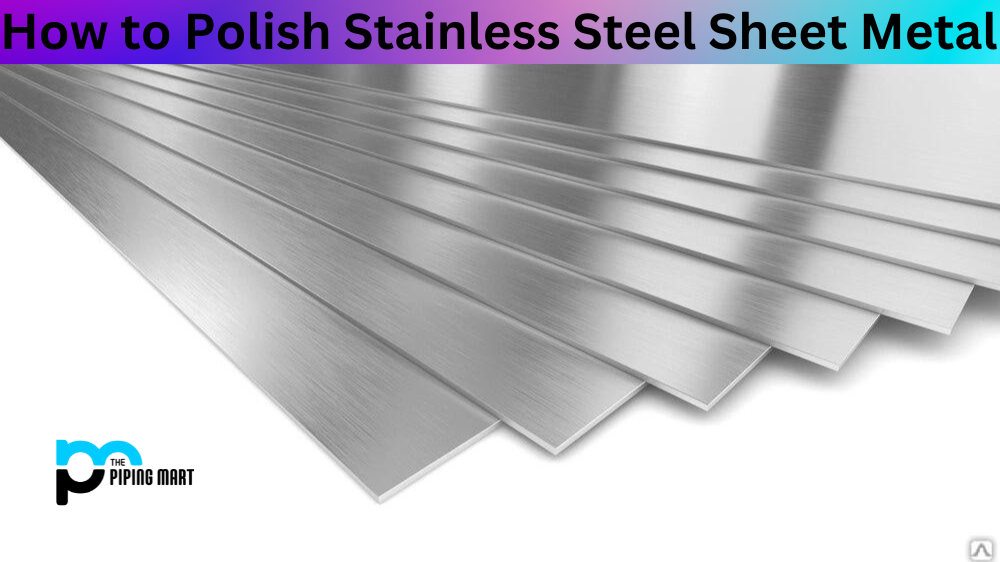For many projects, the aesthetic is just as important as the quality of the material. This is why black nickel plating on stainless steel is so popular. Black nickel plating adds a sleek and modern look to any product while also providing superior durability and protection against rust and corrosion. Let’s explore what makes black nickel plating such an attractive option for stainless steel products.
Process of Black Nickel Plating
Black nickel plating is far more complex than most people realize. The process begins with a thorough cleaning of the stainless steel surface in order to remove dirt, grease, oil, and other debris that could interfere with the plating process. Once the surface has been cleaned, it must be heated in a furnace before the electroplating process can begin. During this process, a thin layer of black nickel is applied to the stainless steel surface using electric current and specialized chemical solutions. This layer not only provides a glossy finish but also helps protect against rust and corrosion.
Prepare the Surface
The surface that will be black nickel plated must be absolutely clean and free of all oils, greases, and other contaminants. The surface can be cleaned using a variety of methods, including degreasing, sandblasting, and ultrasonic cleaning.
Apply the Nickel Solution
Once the surface is clean, a solution of nickel sulfate and boric acid is applied to the surface. This solution will cause a thin layer of nickel to form on the surface.
Apply the Blackening Solution
After the nickel layer has been allowed to dry, a solution of sodium hydroxide and sodium sulfide is applied to the surface. This solution will cause the nickel layer to turn black.
Rinse and Dry
After the blackening solution has been allowed to react with the nickel for a period of time, it is rinsed off with water. The surface is then dried, typically using compressed air or infrared drying.
Inspect and Test
Once the black nickel-plated surface is dry, it is inspected for defects, such as pinholes or areas that are not evenly coated. The plated surface is also tested for adhesion, thickness, and hardness.
Why Choose Black Nickel Plating?
Black nickel plating offers several advantages over other types of finishes. First, it provides superior durability compared to other finishing options, such as painting or powder coating. Additionally, black nickel-plated surfaces are highly resistant to rust and corrosion, which makes them ideal for outdoor applications where exposure to moisture is likely. Finally, black nickel-plated surfaces have an attractive shine which can add an extra layer of sophistication to your project.
Advantages Over Other Finishes
Black nickel-plated surfaces offer several advantages over other finishing options, such as painting or powder coating. Black nickel has excellent corrosion resistance, which makes it ideal for outdoor applications where exposure to moisture is likely. Additionally, black nickel has superior durability compared to other finishes, which means it will last longer without needing repair or replacement due to wear and tear over time. Finally, black nickel surfaces have a glossy finish which adds an extra level of sophistication to any product or project they are applied too!
Conclusion:
When it comes to adding aesthetic value while protecting your metal products from rust and corrosion, nothing beats black nickel plating on stainless steel products. Not only does this process provide superior protection against wear and tear over time, but it also adds an elegant appearance that will make your product stand out from the competition. If you are looking for a durable and attractive finish that will last for years to come, then consider investing in black nickel plating on your next project!
Meet Heer, a dynamic and driven writer learning tricks of her trade in the metal industry. With a background in Digital Marketing, Heer brings a unique perspective to her writing, sharing valuable insights. Apart from blogging she like reading and hiking.




